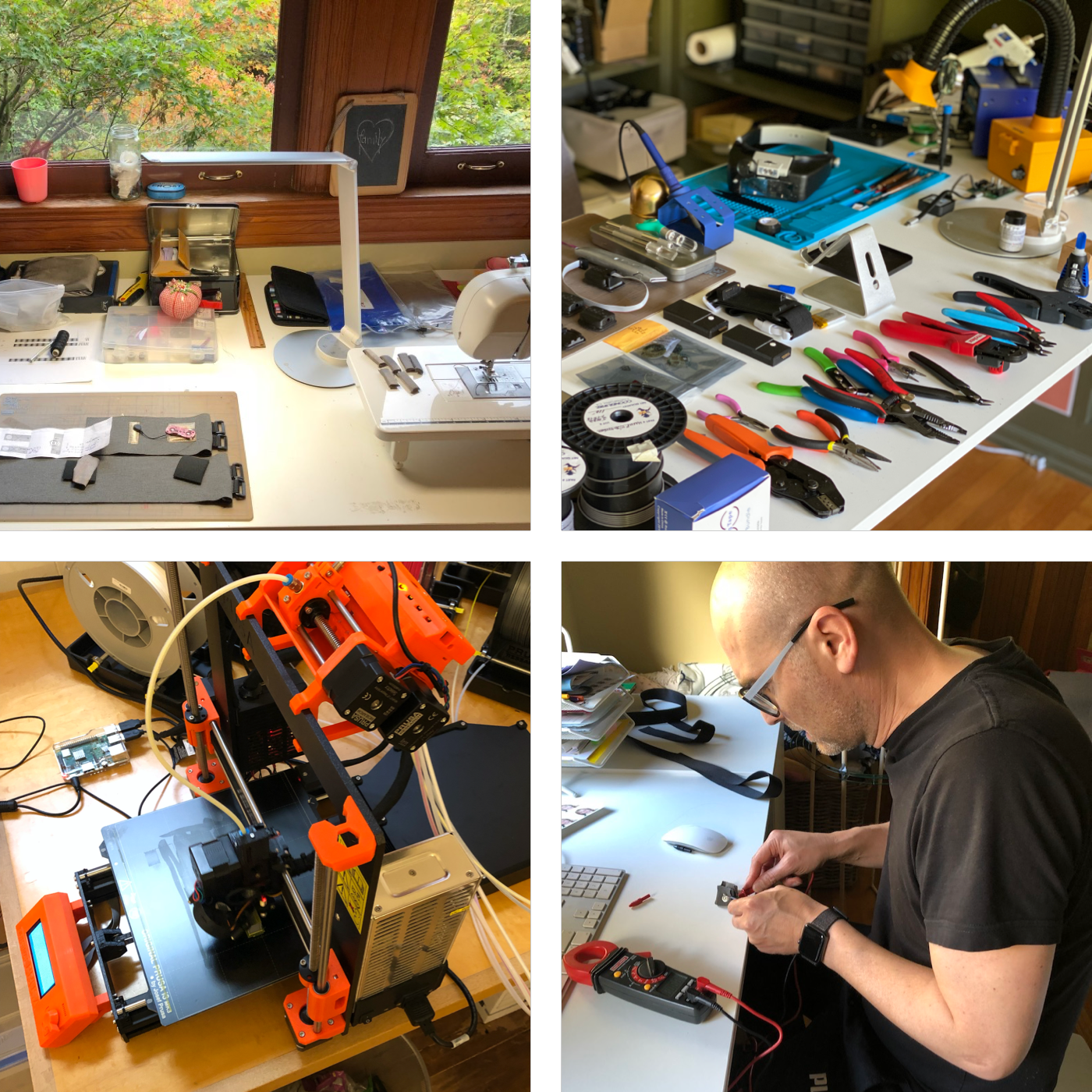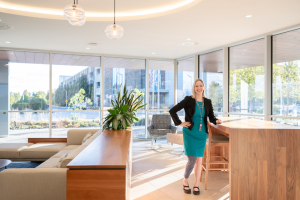
The term ‘full stack’ is commonly used to refer to an engineer who works on both back-end and front-end technologies. It’s someone who can tackle everything from circuit design, to database schema, to user interfaces, leading architecture and planning of the full system with incredible attention to detail.
The driving characteristic is an individual who doesn’t let anything stand in their way. Who makes the unknown, known.
To realize the Cionic vision of superpowering the human body, this full stack ethos drives not just how our products are engineered but first how they are designed. Cionic’s Head of Product Design, Domenico Pisaturo is a pioneer of Full Stack Design. He is a serial entrepreneur and a former professor of interaction design at the Domus Academy, and we are so fortunate to have him as our founding designer.
Meet Domenico…
Q: Your career path has been pretty eclectic — is this a strength for the design you’re doing now?
A: It’s true that my journey hasn’t been linear. I think growth comes from challenging your comfort zone. At Cionic, our vision to tackle the impact of neuromuscular delays and disease through bionics clothing is completely new. When something hasn’t been done before, there are no reference points, so you’re really drawing the map. That exploration is exciting.

Q: Why Cionic?
A: I think the most important aspect was to contribute to a mission that could improve the lives of people in a concrete, tangible way. During my career, I’ve worked on products where “improving the users life” was just a marketing claim, but this is for real. Many in my family work in the medical field and I’ve always admired the impact they have on their patients’ lives. Leaving the world a better place is important for me as a person, a designer and as a dad.
Q: Are there consistent design principles or a rubric that you apply to every problem?
A: I believe diversity of experience encourages unconventional approaches to problem-solving.
Much of my career has been spent working in creative agencies which afforded an opportunity to interface with different industries and products, and to educate myself about new topics. I’ve always thought that cross pollination is fundamental to finding creative solutions for new problems that are ‘outside the box’.
Q: What resources or techniques do you use to learn or understand a problem space?
A: Most of the research I’m doing now is in the area of sensors, electrodes and material for bionics clothing. For me, this means validation and peer-reviewed papers using Researchgate, ScienceDirect and Google Scholar. The complexity of this bionics clothing is that it is more than a 360 degree view of the body, in the way a fashion designer may be creating a look. We also have to conform and customize to the internal physiology — measuring how the muscles function, capturing that data and analyzing what’s happening. It really turns a lot about clothing design on its head. Well, it actually turns it inside out!

Q: Any recommendations for learning about design, especially in medtech?
A: What we’re doing in Medtech is truly an emerging area. We recently collaborated with Yves Behar’s Fuseproject on VOX for the CoVent Challenge, and I’m a big fan of their work. I’ve been intrigued by what Hugh Herr has done with the design and reimagining of leg prosthesis; he embraced his personal experience and applied engineering and design in a way experts before him said was impossible.
I follow a mix of designers, not only in Industrial Design but also in Digital and especially in Fashion, where I’m seeing amazing examples of adaptive design. And finally, I like the serendipity of Pinterest — jumping from one search result to another brings unexpected inspirations.
Q: How does design influence lifestyle for you?
A: For me, there isn’t a conscious distinction between design and lifestyle; they’re inextricably linked. I lived in Milan for 20 years and began my work career there at Domus Academy, which was an influential center for design education and research. In growing up and growing through a constant exposure and study of design principles that reinforce comfort and elegance, they’ve become part of my DNA. Whether that’s UX or ID (industrial design) or fashion — it’s not enough to just make it work. This whole approach of full stack design is not only about how a product looks, it’s how it interfaces form with function to achieve a human purpose. Our purpose is to augment human movement , naturally, comfortably, effectively, and beautifully.





